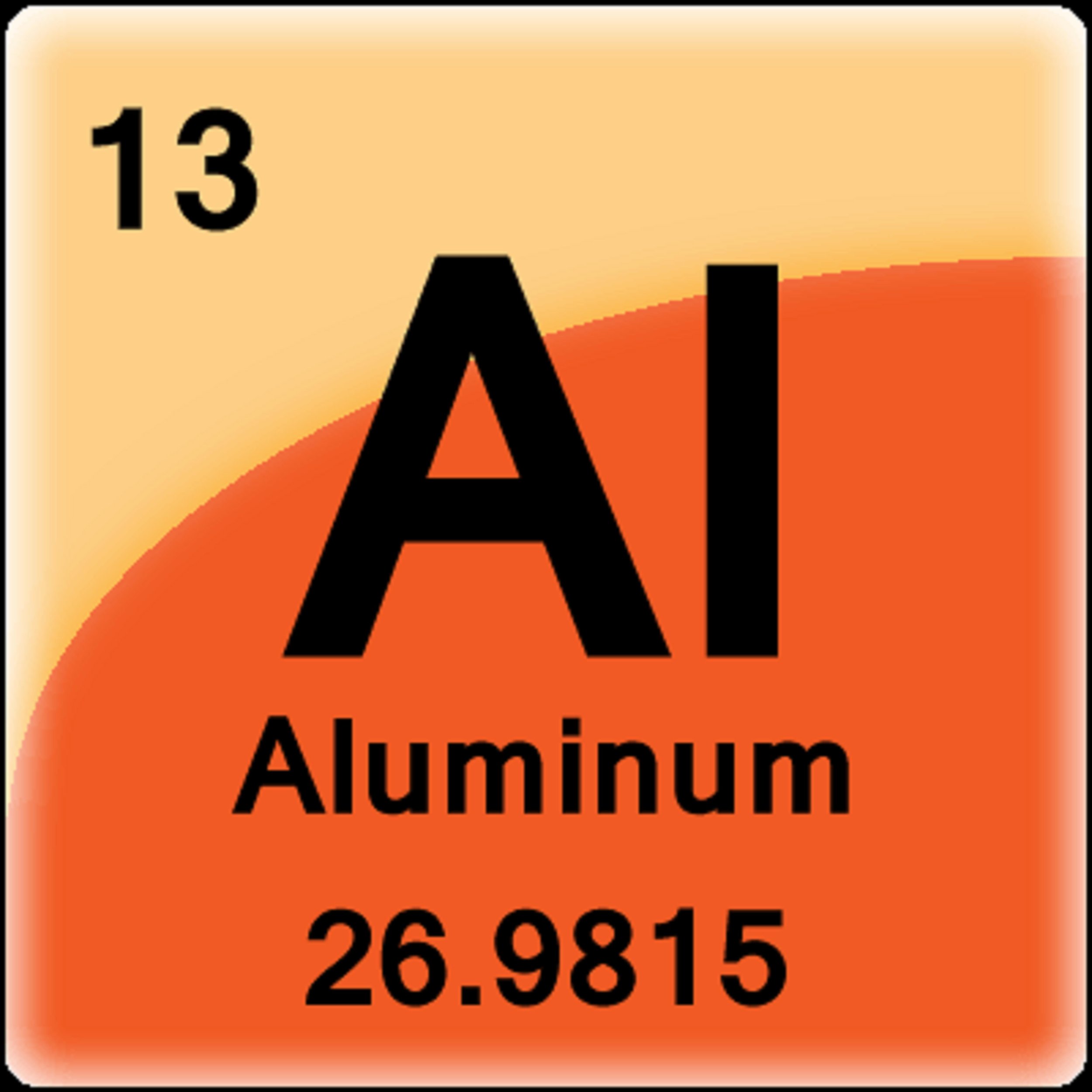Article reprinted with permission and originally appeared in the February Issue of the NYMC Bulletin - http://www.newyorkmineralogicalclub.org/
“It’s Elemental” is a series of columns by Bill Shelton written this in year in recognition of the United Nations’ International Year of the Periodic Table of Chemical Elements.
We all know oxygen, silicon, and aluminum are common elements in the Earth’s crust. They are also the three most common but in terms of the number of minerals that contain them, we find a somewhat different accounting. Oxygen is the most numerous in the number of species, silicon is third and aluminum is seventh. They all have more than 1,000 known species which is also the case for five other elements. (Those other elements are hydrogen, calcium, iron, sulfur and sodium.)
These elements can occur in an uncombined state. Oxygen is present as an important component of our atmosphere (about 21%). We cannot consider it as a mineral however, because it is a gas; minerals are defined as solids. Silicon has a presence in the Earth’s crust as a native element just as we find in the list of Back, 2018. One unusual place where we see this is in fulgarites that form when lightning strikes the earth’s surface. Aluminum, perhaps surprising us, occurs in two elemental forms – one we call aluminum while the other is called steinhardtite. (Dr. Paul Steinhardt lectured to the NYMC in January 2014 about quasicrystals.) I would readily consider the native elements for silicon and aluminum as greatly restricted in occurrence; specimens are mainly very small and probably of little interest to many mineral collectors.
The combined occurrences for these three elements are very well known. Oxygen and silicon alone produce quartz, opal and a host of varietals like agate and jasper. The essential materials for all of these species are the same. Their widespread presence, and interest to collectors, makes them important to us. Far less interest is noted for tridymite and coesite who also share identical chemistry. If one or two other elements are included, there are many more possible species.
Oxygen and aluminum produce the species corundum which includes the varieties ruby and sapphire. It is very important as a gem material and will be likely to be present in a huge number of mineral and/or gem collections. Diaspore comes close but requires hydrogen with the other elements listed here. Adding another element or two greatly expands the number of possible species as we see with diaspore.
For all three together, we find the mineral kyanite. This is very popular amongst collectors especially as bright blue crystalline examples. The occasional gem usage appears to be quite limited but the very best faceted stones are quite appealing. Sillimanite and andalusite belong here but seem to be less common in some collections. All three species can be used to suggest the degree of metamorphism in rocks.
If we add one or two more elements, we have the bulk of the rock-forming minerals. Feldspars, micas, pyroxenes, amphiboles and so forth are composed mainly of oxygen, silicon, aluminum and one or two more elements. We see, therefore, that despite the very common presence of these elements in mineral species, there are really very few examples made up of only these three elements. Perhaps this is not what you would have guessed. When you look at lists for say, aluminum species, you find the various combinations noted in nature exceeds 1,000.




